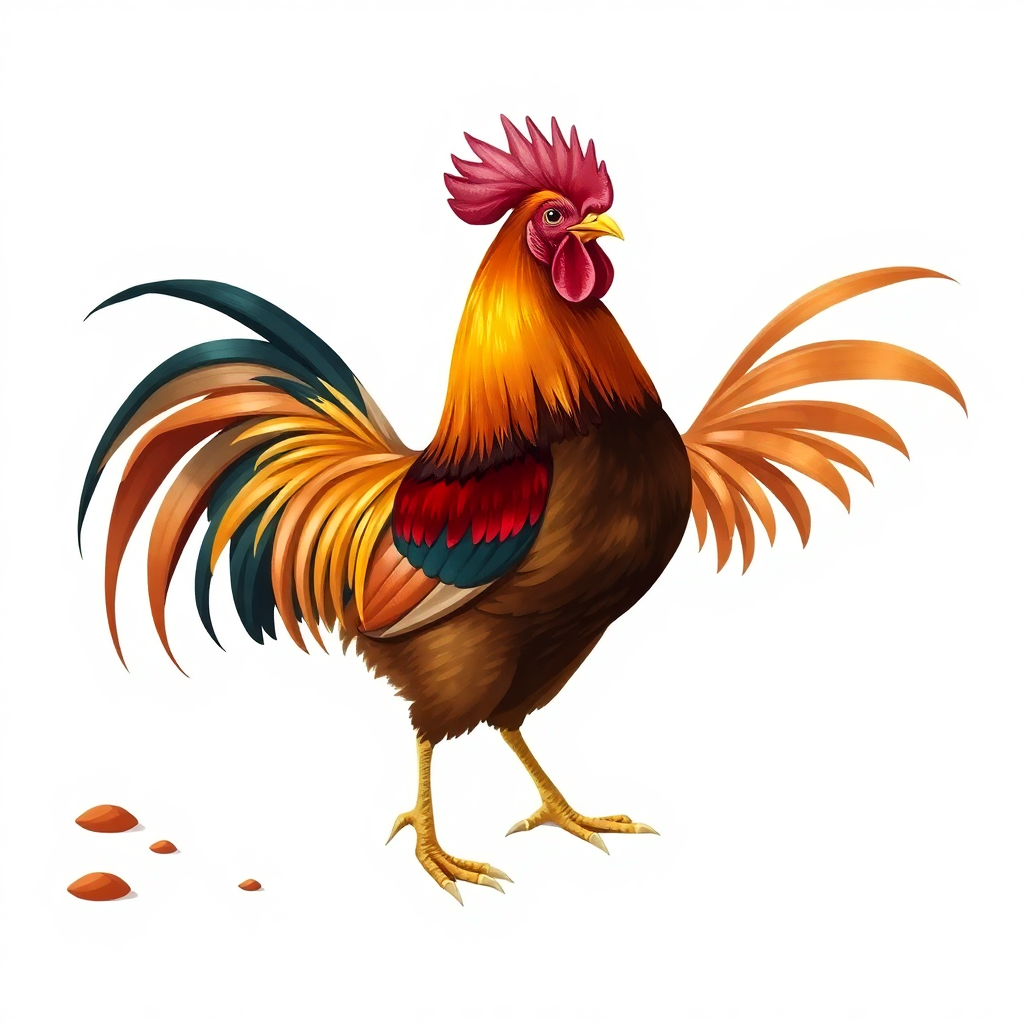What role does the symbolism of the rooster play in the broader narrative of redemption within the Gospels?
When Peter hears the rooster crow, it is not merely a reminder of his denial; it is also a moment of awakening. This pivotal moment compels him to acknowledge his frailty, leading to a profound sense of remorse and a desire for restoration.
The symbolism of the rooster in the Gospels is a powerful motif that intertwines themes of denial, repentance, and redemption. This imagery is most famously associated with the apostle Peter's denial of Jesus, and it serves as a poignant reminder of human frailty and the unconditional nature of God’s grace.
By exploring the role of the rooster within the narratives of Matthew, Mark, Luke, and John, we can uncover deeper insights into the theological implications of this symbol and its contribution to the overarching message of redemption found in the Gospels.
The Context of Peter’s Denial
The rooster's crow serves as a pivotal point in the narrative of Peter's denial of Jesus. In all four Gospel accounts, Jesus foretells that Peter will deny Him three times before the rooster crows. This declaration sets the stage for a moment of profound emotional turmoil for Peter, who had earlier professed unwavering loyalty to Jesus. The crowing of the rooster marks the moment of Peter's realization and despair, encapsulating his betrayal in a stark and unforgettable way. It serves as a tangible sign of his failure—each crow reminding him of his own weakness and humanity in the face of fear and self-preservation.
The Rooster as a Symbol of Wakefulness and Realization
In biblical symbolism, the rooster has also been seen as a herald of dawn, signifying a call to wakefulness and awareness. This duality of the rooster as both a symbol of failure and awakening highlights the complexity of human experience in the journey of faith. When Peter hears the rooster crow, it is not merely a reminder of his denial; it is also a moment of awakening. This pivotal moment compels him to acknowledge his frailty, leading to a profound sense of remorse and a desire for restoration. In this way, the rooster becomes a call to self-reflection and a reminder that even in our weakest moments, transformation is possible.

Redemption Through Repentance
Peter’s sorrow and subsequent repentance illuminate the theme of redemption that permeates the Gospels. After his denial, Peter’s weeping signifies a deep internal struggle and a recognition of his shortcomings. The rooster’s crow acts as a catalyst for this profound moment of repentance, pointing to the grace that follows such acknowledgment of failure.
The narrative does not end with Peter's denial; instead, it unfolds toward his restoration, particularly in the post-resurrection encounters with Jesus, where Peter is reinstated and given a new commission to "feed my sheep" (John 21:17). This reconciliation illustrates the transformative power of grace that is extended to those who repent, reinforcing that redemption is always within reach.
The Broader Implications of the Rooster's Symbolism
The symbolism of the rooster extends beyond Peter, inviting readers of the Gospels to reflect on their own journeys of faith. Just as Peter experienced denial and fear, all believers grapple with moments of weakness and doubt. The crowing of the rooster serves as a universal reminder that failure does not define our identity in Christ; instead, it can lead to a deeper understanding of grace and the possibility of redemption. This narrative encourages believers to embrace their vulnerabilities, understanding that God meets them in their brokenness, offering the hope of restoration.
Conclusion: A Symbol of Hope
Ultimately, the rooster symbolizes not only the reality of human failure but also the hope that accompanies awareness, repentance, and the overflowing grace that God offers to all who seek His mercy. As we journey through our own lives, may we hear the crowing of the rooster as a call to wakefulness, leading us ever closer to the heart of redemption.